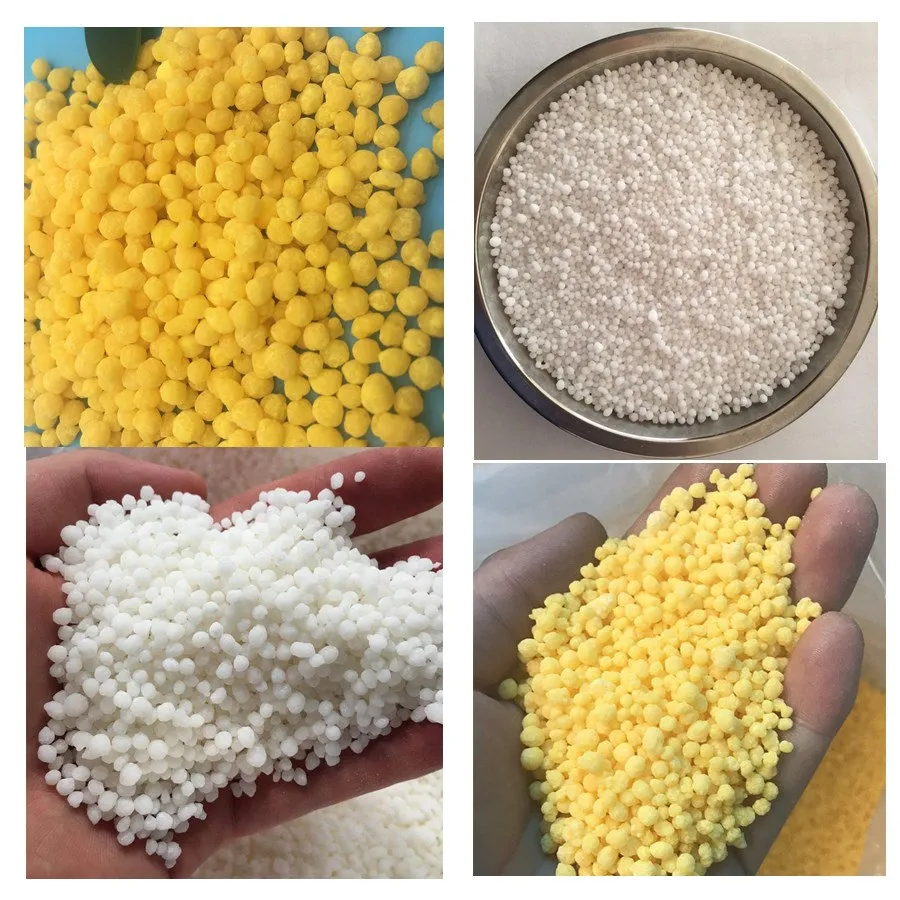
Oct . 01, 2024 07:47 Back to list
Choosing the Ideal 10-20-20 Fertilizer for Optimal Plant Growth and Health
Choosing the Best Fertilizer Understanding 10-20-20 Fertilizer
When it comes to gardening and agriculture, the choice of the right fertilizer can make a significant difference in plant health and productivity. Among the various types of fertilizers available, 10-20-20 fertilizer has gained popularity for its balanced nutrient composition, particularly for specific growth stages of various crops and ornamental plants. This article will delve into what 10-20-20 fertilizer is, its benefits, and its recommended use cases.
What is 10-20-20 Fertilizer?
Fertilizers are often labeled with a series of three numbers representing the percentage by weight of three primary nutrients nitrogen (N), phosphorus (P), and potassium (K). In the case of 10-20-20 fertilizer, it contains 10% nitrogen, 20% phosphorus, and 20% potassium. Each of these nutrients plays a unique role in plant growth
- Nitrogen (N) is essential for foliage growth. It is the building block of amino acids, proteins, and chlorophyll. A sufficient nitrogen supply promotes lush, green leaves and overall plant vigor. - Phosphorus (P) is crucial for root development, flowering, and fruiting. It helps in energy transfer within the plant and is vital for the synthesis of DNA, RNA, and ATP, the energy currency of cells. - Potassium (K) helps regulate various physiological processes, including water uptake, enzyme activation, and photosynthesis. It enhances the plant’s overall resilience against diseases and environmental stress.
Benefits of 10-20-20 Fertilizer
1. Balanced Nutrient Profile With a higher concentration of phosphorus and potassium, 10-20-20 fertilizer is especially beneficial for plants in their flowering and fruiting stages. It supports root development while promoting healthy blooms and fruit set.
2. Enhanced Growth For gardeners looking to encourage robust plant growth, the balanced nutrient offering of 10-20-20 can lead to healthier plants that produce more significant yields.
3. Versatile Use This fertilizer is suitable for various applications, including vegetables, fruits, and ornamentals. It is particularly effective for crops that need a nutrient boost during critical growth phases.
4. Disease Resistance The potassium component plays a vital role in improving the plant's overall stress tolerance, making it less susceptible to diseases and pests.
When to Use 10-20-20 Fertilizer
To achieve optimal results, it’s important to use 10-20-20 fertilizer at the right time during the plant's growth cycle. Here are a few instances when applying this fertilizer can be particularly beneficial
best fertilizer 10 20 20

- Transplanting When transplanting seedlings, applying 10-20-20 fertilizer can stimulate root growth and help the young plants establish themselves more quickly
.- Flowering Period For flowering plants or fruiting crops, applying this fertilizer during the flowering phase ensures that the plants have the necessary phosphorus and potassium to support flower and fruit development.
- Vegetable Production Vegetables that are heavy feeders or those that are sensitive to nutrient deficiencies, such as tomatoes in their flowering stage, will benefit significantly from this balanced fertilizer.
Application Tips
When using 10-20-20 fertilizer, consider the following tips for effective application
- Soil Testing Conduct a soil test before adding fertilizers to determine existing nutrient levels and pH. This information will help you avoid over-fertilization.
- Application Rate Follow the recommended application rates on the fertilizer packaging. Applying too much can harm plants and the environment.
- Watering After applying granular fertilizer, water the plants thoroughly to help the nutrients penetrate the soil and reach the root zone.
- Frequency Depending on the crop and soil nutrient levels, consider reapplying every 4-6 weeks during the growing season to maintain healthy growth.
Conclusion
In summary, 10-20-20 fertilizer is an excellent choice for gardeners and farmers looking to enhance their plants' growth during critical stages. Its high phosphorus and potassium content makes it particularly effective for flowering and fruit-bearing plants. By understanding the specific needs of your plants and applying this fertilizer appropriately, you can significantly improve their health and productivity, leading to a bountiful harvest or a blooming garden. Remember, healthy plants start with the right nutrients!
-
High-Efficiency Plant Soil Water Soluble Fertilizer Reliable Manufacturer
NewsApr.29,2025
-
High-Potassium Organic K Fertilizer 7-2-4 Supplier & Manufacturer
NewsApr.29,2025
-
10-54-10 High-Phosphate Fertilizer NPK Blend for Root Growth
NewsApr.28,2025
-
NPK 8-2-12-4 & 20-20-20 Compound Fertilizer Suppliers Crop Boost
NewsApr.28,2025
-
Premium 50 lb Fertilizer Bags Bulk Supplier & Factory Deals
NewsApr.28,2025
-
Different Types of NPK Fertilizer Manufacturer & Supplier Custom Blends
NewsApr.28,2025
